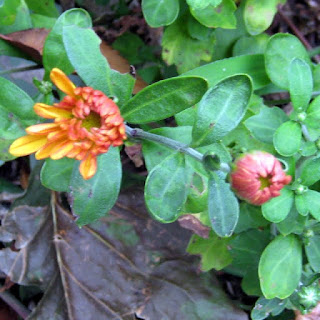 |
| Courtesy Missouri Botanical Garden Plantfinder |
 |
| Courtesy Missouri Botanical Garden Plantfinder |
Scientific name: Lobelia cardinalis
Common name(s): cardinal flower
Height x Width: 2'-4' x 1'-2'
Height x Width: 2'-4' x 1'-2'
Growth rate: Medium - can be divided and may self-seed.
Hardiness: Zones 3-9
Soil: Rich, medium to wet soil
Hardiness: Zones 3-9
Soil: Rich, medium to wet soil
Light: Full sun to partial shade
Bloom Time - July - September
Bloom Time - July - September
Reasons I like it:
- grows well in shade
- provides late summer/early fall blooms
- is native to the south east
- it's supposedly deer resistant*
- In the backyard, in a damp spot that will become a rain garden or anywhere between the understory and the lawn (I'm starting to sound like a broken record!)
* As with the toad lily, I did actually purchase a lobelia last year. I got Lobelia 'Monet Moment' from Bluestone Perennials. It's planted in the general area of my future rain garden amidst the pachysandra. A deer, or something, has really enjoyed chewing on it. I'm hoping it will come back next year, when I'll be much more diligent about spraying tasty plants. I'm not really a pink person (although my most recent bloom day would lead you to believe otherwise), but I think this shade would match toad lily, chelone, and astilbe (if there's any overlap) better than red would. If it doesn't come back, I might also consider Lobelia fulgens 'Queen Victoria' -- I love that dark red foliage!














































